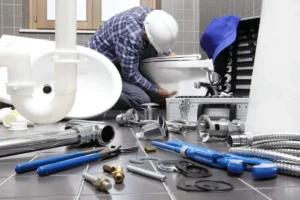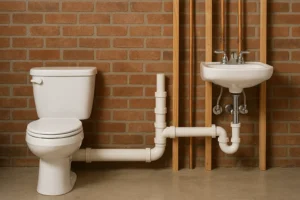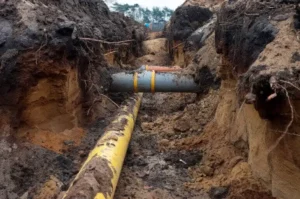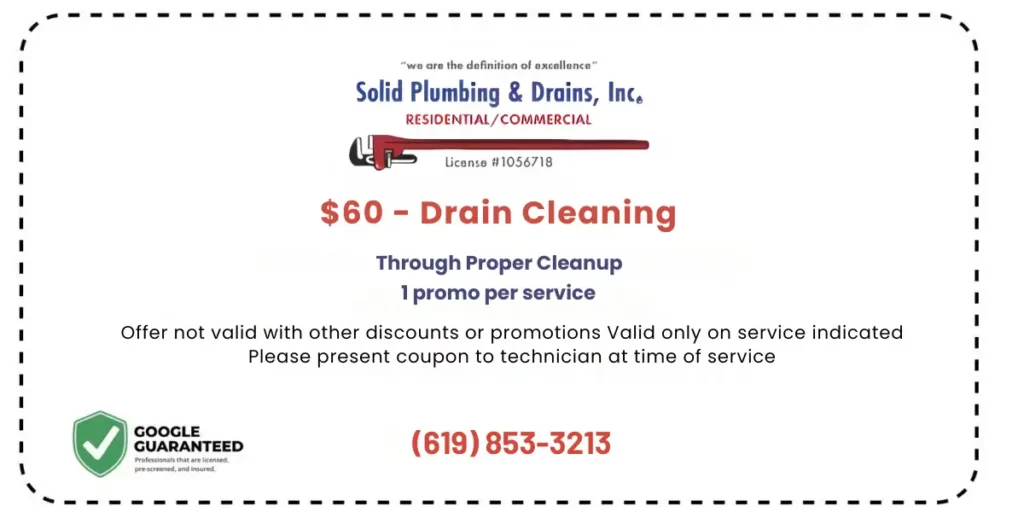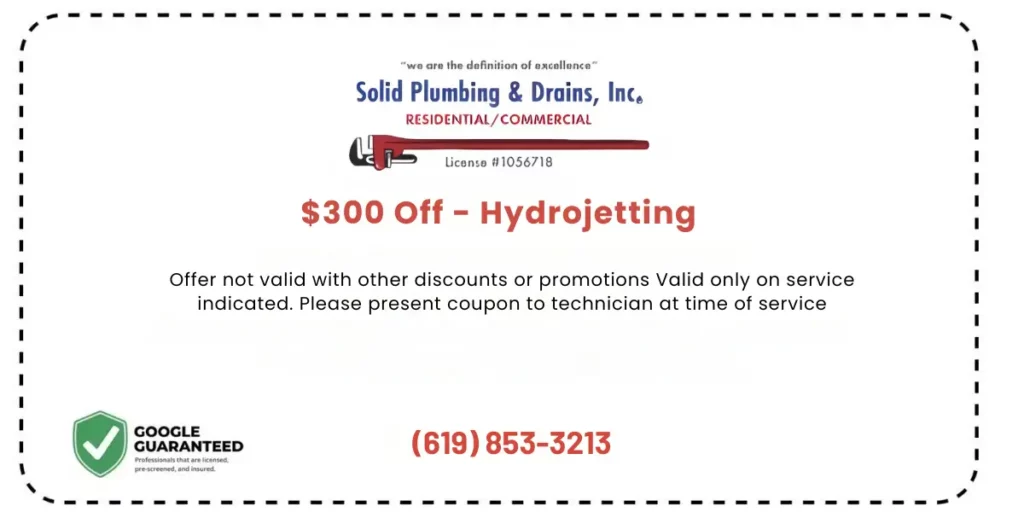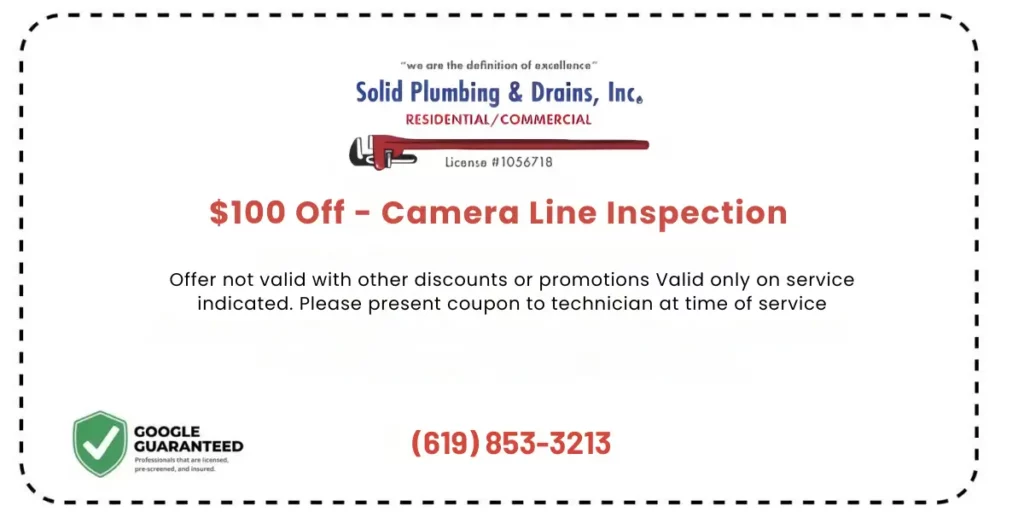You’ve decided to add a bathroom to your basement. Great move! It boosts home value, makes life more convenient, and gives guests or family more privacy. But once you start planning, you hit a confusing roadblock: how do you vent the plumbing?
If you’ve Googled it, you already know this isn’t something you want to mess up. A poorly vented bathroom can lead to slow drains, bad smells, bubbling toilets, or even dangerous gas buildup.
In this blog, we’ll explain everything you need to know about basement bathroom plumbing venting options in simple terms. Whether you’re doing the job yourself or hiring a pro, you’ll walk away knowing what your bathroom needs and why.
Why Plumbing Vents Matter (Even in the Basement)
Before we talk about how to vent, let’s cover why you need to.
Every fixture in your bathroom (the toilet, sink, tub, or shower) is connected to a pipe that carries wastewater out of your home. But if those pipes don’t have proper ventilation, the water can’t flow smoothly. Think of it like pouring juice out of a bottle: it gurgles unless air gets in.
Without vents, you’ll get:
- Slow or noisy drains
- Sewer smells coming up through pipes
- Clogged traps (which protect your home from gases)
- Possible plumbing code violations
Basement bathrooms can be tricky because they’re usually lower than the main drain line and often far from existing vent stacks. That’s why venting options matter so much down there.
What Are the Basement Bathroom Plumbing Venting Options?
Let’s walk through the most common ways to vent your basement bathroom, from standard systems to creative alternatives.
1. Wet Venting
How it works:
A wet vent is when one pipe handles both drainage and venting for multiple fixtures. It’s common in bathrooms where the sink, toilet, and shower are close together.
Best for:
- Bathrooms with fixtures placed in a row
- Homes where plumbing codes allow wet venting
Pros:
- Saves pipe space
- Less cutting into framing or concrete
- Lower material cost
Cons:
- Must be sized and angled perfectly
- May not work if fixtures are far apart
- Not legal in every city without inspection approval
2. Individual Venting
How it works:
Each fixture (toilet, sink, shower) gets its own dedicated vent pipe that connects to the main vent stack above the roof.
Best for:
- Homeowners who want a long-term, code-compliant solution
- Basement builds where cutting into concrete isn’t a problem
Pros:
- 100% by the book
- Handles pressure from large or multiple fixtures
- Great for resale value
Cons:
- Requires more piping and labor
- May need to break through foundation walls or concrete slab
- More expensive
3. Air Admittance Valve (AAV)
How it works:
Also called a “cheater vent,” this is a mechanical valve that opens when water flows to let air in, then closes to block gases.
Best for:
- Tight spaces
- Retrofits or quick basement additions
- Homes where access to the main vent is difficult
Pros:
- Easy to install
- No need to run pipe through the roof
- Budget-friendly
Cons:
- Not accepted by every building code
- Can fail over time if not installed properly
- Should not be used for toilets without additional venting
Tip: Always check your local plumbing code before using an AAV.
4. Loop Venting or Island Venting
How it works:
More common in kitchens, but sometimes used in basements. It involves running a loop of pipe above the fixture to vent air back into the system.
Best for:
- Sinks installed away from a wall
- Certain remodels where other options aren’t possible
Pros:
- Clever solution for awkward layouts
- Can be combined with AAVs in some cases
Cons:
- Complex setup
- Must meet strict layout rules
- Requires more fittings and exact angles
H3: 5. Ejector Pump with Vent Stack
How it works:
If your basement bathroom sits lower than the main sewer line, gravity alone won’t work. An ejector pump collects wastewater and pumps it up to the main drain — but it still needs a vent stack to handle pressure and gases.
Best for:
- Full basement bathrooms below the sewer line
- Homes with no pre-existing rough-in
Pros:
- Solves elevation issues
- Fully functional and compliant
- Handles toilet, shower, and sink waste
Cons:
- Costlier than gravity-only systems
- Needs a sealed basin and proper venting to the roof
- Must be maintained regularly
Common Mistakes to Avoid When Venting a Basement Bathroom
If you’re planning a DIY project or reviewing a contractor’s work, watch out for these common errors:
- Using undersized vent pipes
- Forgetting to vent a shower or tub
- Installing an AAV in the wrong location
- Failing to check local building codes
- Connecting vent lines too far from the fixture
- Not testing the system before sealing walls or concrete
Want to avoid headaches like these? It’s best to work with professionals who understand both the rules and the best practices.
Solid Plumbing & Drains, Inc. provides expert bathroom plumbing support
How to Tell If Your Basement Bathroom Has Venting Problems
Here are a few warning signs something’s wrong:
- Drains gurgle when water flows from other fixtures
- Water in the toilet bowl rises or drops after flushing
- Slow draining from one or more fixtures
- Foul smells coming from sink or shower
- You hear suction sounds in the pipes
If any of this sounds familiar, your venting may need inspection — or replacement.
What the Plumbing Code Says About Venting
Venting rules vary by city and county. Some places allow AAVs and loop vents. Others require that every fixture have a connection to a vertical stack that exits the roof.
No matter where you live, your venting setup must:
- Protect trap seals from suction
- Prevent sewer gases from entering the home
- Maintain air balance in the drain system
- Be accessible for inspection or repair
At Solid Plumbing & Drains, we stay current with every update to California and city-specific plumbing codes — so you don’t have to.
DIY or Call a Pro?
Some homeowners install basic sink vents themselves — and that’s fine for simple jobs. But basement bathrooms are a whole different story.
Reasons to call a licensed plumber:
- You’re not sure how your vent lines connect
- You want to install a toilet below sewer level
- You’re unsure if your layout meets code
- You need to apply for a permit or pass inspection
We’ll walk you through your layout, help choose the right venting option, and get the job done safely and efficiently.
Need help? Reach out to Solid Plumbing today
Final Thoughts: Choose the Right Venting System for Your Basement Bathroom
Plumbing vents might be out of sight, but they’re never out of mind when they go wrong. Whether you use a traditional vent stack, a wet vent, or a modern AAV, it’s important to design your system with care.
By knowing your basement bathroom plumbing venting options, you’re better prepared to make smart decisions, avoid costly mistakes, and enjoy a fully functional bathroom that won’t gurgle, stink, or flood.
Need Expert Help With Basement Bathroom Venting?
At Solid Plumbing & Drains, Inc., we’ve helped hundreds of homeowners across Southern California build and fix basement bathrooms that work and pass inspection.
We know the codes. We know the layouts. And we know how to make it all flow properly from start to finish.
Schedule your consultation today and let’s build something that works the right way.

